I remember being haranged by an ‘evangelical’ atheist in Oxford University a few years ago who came at me with the surprisingly unnuanced claim: ‘Religion is the cause of everything that is wrong with the world today!’ Then – and, indeed, now – I can’t help wondering if the immoderate passion he demonstrated might not have also added something unpleasant to the world’s ills! Be that as it may, his all-too-familiar claim has done the rounds for decades in cynical, secular circles as an easy (albeit arrogant) put-down on anything and everything that doesn’t fit a particular – and notably confident – Western world view. A more accurate charge might surely be, ‘Much that is wrong in the world today is because religion – in all its diverse cultural, theological and philosophical forms – has not been taken sufficiently seriously at home and in the corridors of (cynical, secular) Western power.’ No?
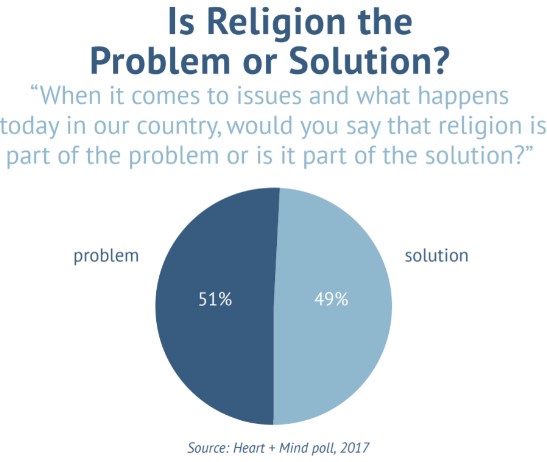
Lest we forget: imperialism takes many forms, projecting a (low) Western view of religion on ‘the rest’ is one of them. That said – and this is the theme of this Briefing – ‘religion’ (however defined) is far from easy. It is the fertile soil for innumerable knotty roots of thorny problems. As the satirical Irish cleric and author Jonathan Swift (1667-1745) astutely observed, ‘We have just enough religion to make us hate, but not enough to make us love one another.’ Perhaps we shouldn’t be surprised – or defensive – therefore, if we find religion listed among the world’s ‘Most Wanted’. But, to charge it with causing all the world’s problems disregards the impressive evidence to the contrary, demeans humanity’s freedom to choose, and turns a blind eye to the popular urge to spread muck and play in it. Blame-gamers take heed!

To students of 19th century English church history, Bishop J.C. Ryle (1816-1900), the first Anglican Bishop of the dynamic, new, metropolis of Liverpool, is either the embodiment of all that was wrong with ‘muscular [Protestant] Christianity’ or a prophetic critic of all that is deemed right by progressive, revisionist voices in church and society today. He is, some might say, an easy target for atheist fundamentalists! Depending on a reader’s standpoint, one of Ryle’s greatest or most ghastly books carries the unlikely title Knots Untied (1874), with its characterisially long subtitle ‘Being plain statements on disputed points in religion, from the standpoint of an evangelical churchman’. In today’s terms, Ryle steps on every conceivable social and theological mine with remarkable accuracy and unalloyed zeal. To give you a flavour of the work, here’s Ryle on the book’s aim (viz. to be loyal to the Bible – and to the Bible alone):
Show us anything plainly written in that Book, and, however trying to flesh and blood, we will receive it, believe it, and submit to it. Show us anything, as religion, which is contrary to that Book, and, however specious, plausible, beautiful, and apparently desirable, we will not have it at any price… Here is rock: all else is sand.
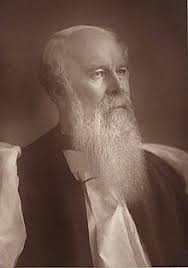
And here’s one commendation of the volume by an equally committed Protestant scholar, J.I. Packer (1926-2020), who lauds Ryle’s presentation
not because it differs substantially from what other evangelicals might say, but because he sets it forth so clearly, so brilliantly, and so compellingly – in a word, so very, very well. … In this, as in so much else, his work retains benchmark status; for surely in principle his evangelicalism is neither more nor less than New Testament Christianity.
To some – even within conservative circles in the Church – Ryle and Packer are part of the problem evangelical atheists target. Why? Because clear-headed conservatism draws lines and fuels passion. It claims knotty problems can be untied. It perceives clarity where others doubt the light or discern difficulties. In short, it can be as compelling as it is irritating. But is it, in its pungent clarity, so very different from its atheistic counterpart? Can either cast the first stone of condemnation with confidence? The knotty problems of our world are, I would suggest, unlikely to be unravelled by hasty conclusions and easy solutions. As I know all too well, to pull the wrong thread on a tangled fishing line only makes matters worse!
I suppose if I were to encapsulate the issue behind this Briefing, it would be this, Are knots in life, thought and religion always bad? Or, put another way, Should I expect all the knotty problems I and the world face to be easily unravelled? Both questions may suggest the easy answer, No. But both warrant, I would argue, deeper reflection and, as importantly, very carefully considered action. To take these two issues in reverse order.

First, Should I expect all the knotty problems I and the world face to be easily unravelled? To change the analogy, is there a ‘silver bullet’ that will put an end to global hunger or the war in Ukraine? Is there a magic password that will unlock the impasse between China and the US over Taiwan or the status of the contested islands in the South China Sea? Is there a piece of evidence or line of argument that will change perverse perspectives on migration or the Nazi holocaust? Will someone invent a drug that will end stage fright or the crippling anxiety that stalks the small hours of the night? And, should any of us expect to find a type of therapy or form of religion that will allay all our fears and end our predisposition to tie ourselves in knots? English dramatist William Shakespeare’s (1564-1616) character Viola in Twelfth Night (1601/2) speaks for many when (in disguise as the young Cesario, loved by Olivia and in love with her master Orsino!) she bemoans the complexities of her life: ‘O time, thou must untangle this, not I./ It is too hard a knot for me t’ untie’ (Ac. 2, Sc. 2). But is it good and right to surrender self to time in this way? Will all knots unravel in the end?
There are, I suggest, two perspectives on our first question we should not ignore. Both are drawn from the fascinating history and practice of knot making.
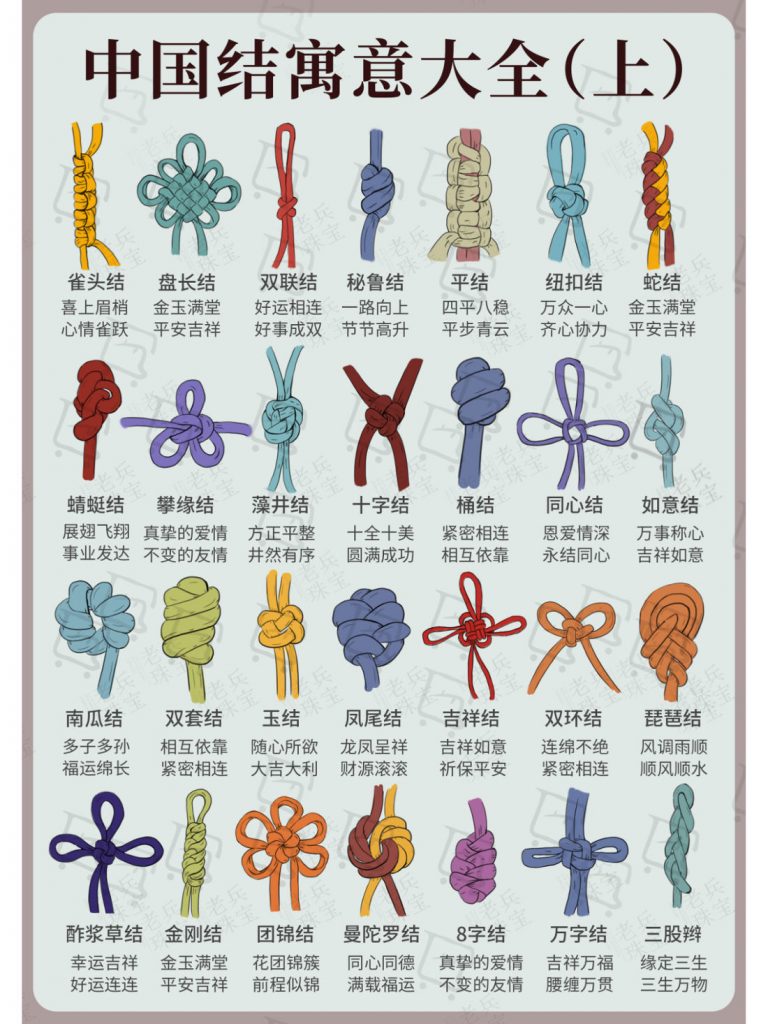
First, as classic studies of knots by the likes of Burgess (1884), Aldridge (1918), Graumont (1945), Turner & van de Griend ed. (1996) and Budworth (1999) indicate, knots come in many different shapes and sizes; some practical and linked to particular trades or activities (like marine knots and climbing knots), some decorative and associated with different cultures and ‘languages’. Hence, we find terms like hitch, bend, loop and splice to denote ways in which cords are bound, or, in the case of stopper, grommet and eye, methods of preventing slippage and securing the end of a rope. If you want to get more technical, the language of ancient knots includes not only the bowline and bottle sling, but the evocatively named cat’s paw and cow hitch, thief knot and Turk’s head! As in so many things, China and Chinese history contain their own cultural calligraphy in ropes finely bound and threads skilfully sewn. From (at least) the Tang and Song Dynasties (960-1279 BCE) through to the Ming Dynasty (1368-1644), knotting was a venerated craft and the patterns of knots rich in symbolism. Here we find the four-flower and six-flower knot, the Chinese button knot and agemaki, the Pan Chang knot and the ‘good luck’ knot. ‘Knot theory’ in modern mathematics owes much to the complexity and possibility the ancient art of knots and knot-making afford.
To say, ‘All knots are the same’ is as careless and ill-informed as claiming, ‘All religions cause problems,’ or ‘All our problems are caused by religion.’ None of these statements are true. To understand knots and religion requires study, patience (in their recreation), and open-mindedness (in their appreciation). Knots aren’t always problems. They may be richly patterned and full of possibilities. To the eye of faith, such indeed is religion, in all its diverse forms and sometimes sharp-edged definitions and conclusions.

Second, not all knots will, or are made to, last. Yes, a bowline will hopefully hold the climber and the ‘figure of eight’ two pieces of rope of unequal width, but a munter hitch is there to belay down a rock face and a rolling hitch shifts; while slippage or the ‘capsizing’ of a knot (viz. intentionally or unintentionally changing its shape) can wear through a rope or cause a knot to unravel. Let’s be clear. However skilfully tied, knots are still finite entities, often deliberately so. When we face a knotty problem in life, of course, it may not always feel like that! At the time, the mess can seem insoluble, the problem intractable, the intentions of those who binds us with ropes mean and unforgiving.
The comfort from the scientific art of knot making is, most knots have a ‘sell by’ date. They don’t last for ever. As Viola perceived, time may unravel even the most obstinate issues. Or, as the novelist Ian Rankin’s (b. 1960) early crime thriller Knots and Crosses (1987)[1] reminds the reader, mystery and motivation can wear many layers and take a long time disrobing. To change the analogy, dawn doesn’t break like a lightswitch nor a hook instantly catch a fish.
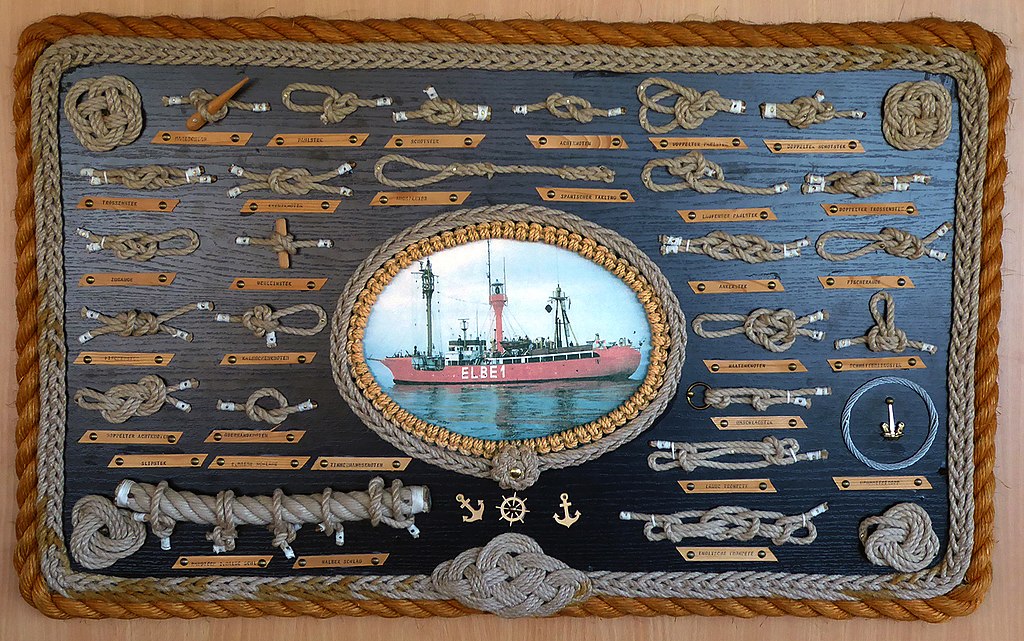
Applying these perspectives to the deepest, knottiest, thorniest problems the world faces, the take-aways might be: a. Be sure you really understand the kind of knot you are dealing with. Is it a genuine problem or essentially decorative (i.e., the product of your own mind, or another person’s skilful, but essentially artificial, construct)?; b. Don’t expect a knot to last, or project onto it infinite durability. Knots wear out. Problems fade. Parallel wisdom can be drawn here, I suggest, from the author, literary critic, philosopher and Christian apologist G.K. Chesterton’s (1874-1936) compelling advice on handling criticism: ‘When people throw mud, wait until it dries, then brush it off’! Worrying at many problems – like pulling threads at random in a bird’s nest on a fishing line – tends to make them worse. Wet mud spreads. As I learned years ago, ‘Don’t imagine problems, there are usually enough real ones!’
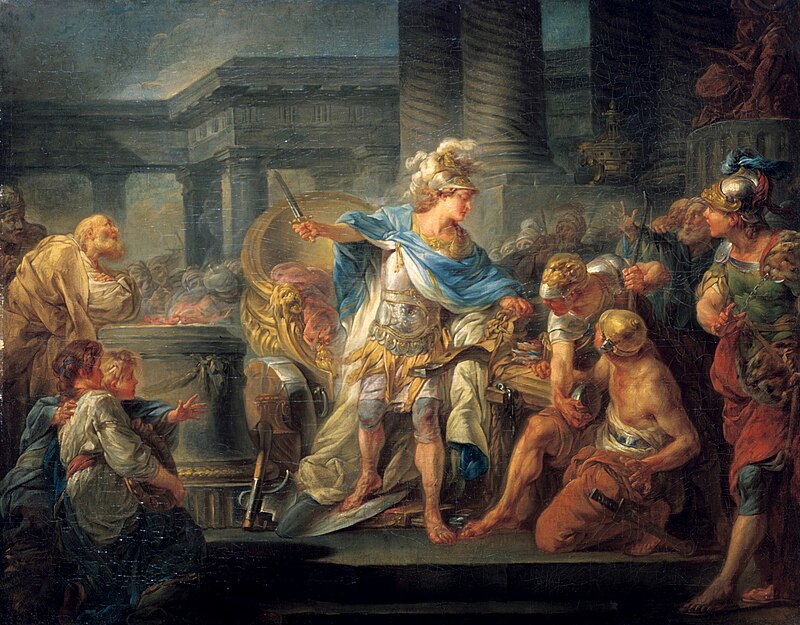
Back to our second question, Are knots in life, thought and religion always bad? We have touched on this already and recognised that knots aren’t always problems; indeed, as in religion, ‘they may be richly patterned and full of possibilities’. But we need to tread very carefully here. In the midst of a knotty crisis, or when anxiety ties us in crippling knots, it’s not easy, kind, or probably right, to tell ourselves, ‘This really isn’t so bad’, when it feels like hell! No, honesty and realism are faithful servants of sound perception and deep emotion. Preserving a sense of proportion – however hard – is usually healthier than downplaying a problem.

That said, differentiating between ‘good problems’ and ‘bad problems’ isn’t easy. We may think we see the thread to pull to unravel a knot, only to find we were wrong and have made matters worse. Put another way, we may think a problem easy to resolve only to find beneath the surface a nest of vipers. Knots in life, thought and religion may not always be bad, that doesn’t mean they don’t exist and may not need patience and skill to unravel, or – and this is so much harder – readiness to admit they can’t be (re)solved, or not any time soon. In life, if not in novels, a crime may not be solved, a fracture may not mend, a life may be cut short, a mystery may remain a mystery.
Is there more that can and should be said in response to our second question? Three things, I believe. Here I have in mind the evangelistic atheist, who is ready to rubbish all religion, and the harsh realities, and seemingly intractable problems, that beset our world that my colleagues and I in Oxford House wrestle with (like many others) every day of the week.

First, though intellectual and moral relativism may challenge the idea that some knots are ‘bad’ – arguing one person’s knotty problem is another person’s intriguing possibility – psychology (if not honesty) assures us people really do ‘tie themselves in knots’ at times. My wife and I live over the fence from Highclere Castle, the location for the popular TV series Downton Abbey. I was fascinated to find one of its stars, Michelle Dockery (Lady Mary Crawley), admitting the other day: ‘For years, I was often afraid to speak up when I didn’t fully understand a script. I’d tie myself in knots.’ She is not unique in that. Whatever their cause, knots aren’t (often or always) figments of a person’s imagination. They are as real as Putin’s military hardware and his revival of the religio-cultural ‘Crusade’. No, to deny knots exist or try to relativise all our problems (be they professional, moral, physical or political) makes a mockery of humanity’s powers of discernment and capacity for personal, moral judgment/s. To be sure, knots exist and while they do they challenge us to deal with them.

To take this a little further, far from undermining perception and confidence in life, thought and religion, the knots they create can suggest perspective and awaken values. To explain: though knots may often appear negative and intractable, they can offer insight into greater issues. Just as dusk and dawn remind us night and day exist, in the half-light of a problem we perceive the reality of perfection and imperfection, light and darkness, ‘good’ and ‘bad’. More than this, when we admit our life and world are grey and problematic, we also know they have potential to change, to get ‘better’ or, very sadly, to get ‘worse’. Such knowledge eludes the relativist for whom grey is a static state without the hope of dawn or danger of dusk.
Better by far, surely, a readiness to admit the reality of the mess we make and muck we play in than echo the denier’s mantra, ‘This really isn’t so bad’. Present global tension, the war in Ukraine, and the atheistic condescension that rubbishes religion, deserve to be called out for what they, and not allowed to neutralise moral discernment. No, these knotty problems can, and should, prompt us to say with confidence, ‘These things really are bad. We’ve got it wrong. We can, and must, do better.’ Foolish relativism can never be so clear.

Second, focussing on religion for a moment, there is a long history of reflection on the role difficulties play in the mind and life of a believer. Here knots are bound into the ropes of self-flagellation and doubts sewn into the web and waft of healthy personal growth and spiritual discovery. The argument being, without questions I do not engage my mind and investigate matters deeply; and, anyway, uncertainty breeds humility, mystery confounds over-confidence, faith believes despite contrary evidence. The Orthodox via negativa (viz. the inverted path of theological affirmation through negation) leads to beatific vision and wondering silence in the presence of the ineffably glorious.
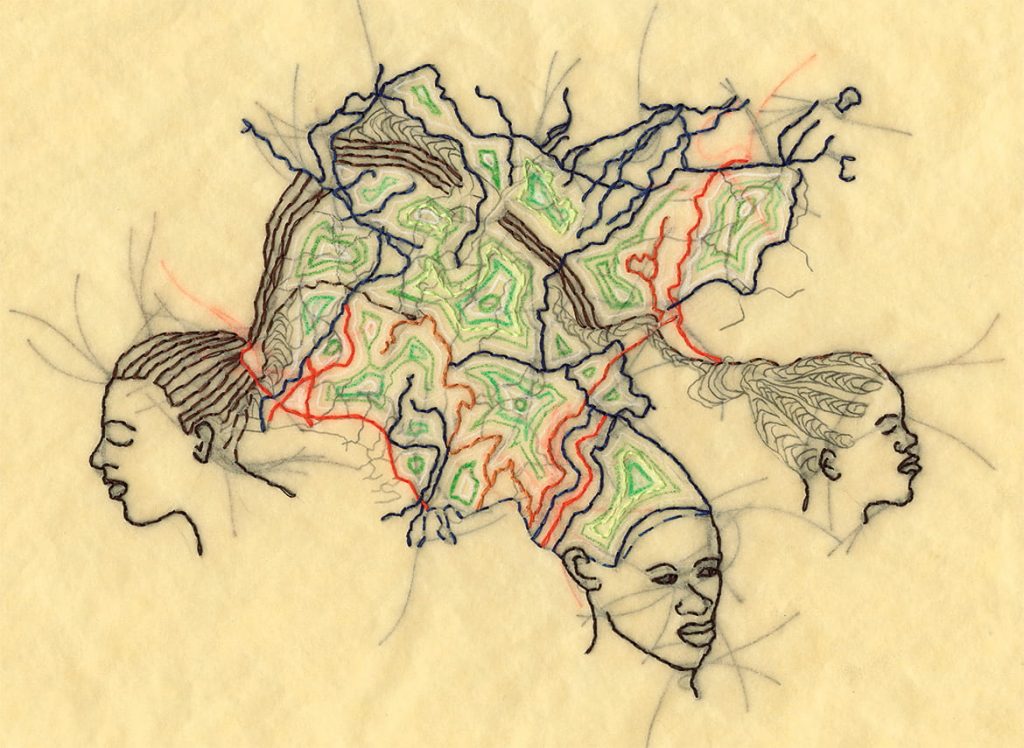
But not all faiths or followers embrace such uncertainty, dismissing vagueness as weak and doubt as disobedience. To such – and here Ryle and Packer might belong – revelation enables clarity and conviction demonstrates commitment. To some adherents, the love knots of religious allegiance are, as Shakespeare puts it, to ‘knit the heart with an unslipping knot’ (Antony and Cleopatra Ac. 2, Sc. ii). Indeed, the word ‘religion’ (Lat. religio; lit. bond, reverence, obligation, allegiance) is, from the mighty theologian Saint Augustine (354-430 CE) onwards, connected in the Western church to the bond faith creates between God, the believer and the community of faith. Seen in this light, the clear lines, tough edges, and militaristic zeal conservative faiths generate, are, to some devotees, signs of true faith and (often, sadly, competitive) obligation. Does all this add to the world’s woes? Sometimes. Does religion also inspire sacrificial service of those in need? Sometimes. There is no easy or consistent answer to the question whether religions create knots that protect like a bowline, slip because they are fallible human constructs, or inspire creative devotion. It all depends on the nature, use, purpose and creativity of the knot – and knot-makers!
Lastly, a more personal word on the role knotty problems may play in life. Why end here? Because the mass and mess of the world’s woes are ultimately reducible to one person facing one crisis, one leader facing one decision, one actor tied up in knots before they go on stage, one thinker unable to unpick an argument, one angler facing a tangled line on a riverbank.

Popular wisdom, I have found, often evokes the image of a knot. ‘We learn the rope of life by untying its knots’, says Jean Toomer. In the knots on a tree trunk ‘We learn that beauty and imperfection go together wonderfully’, Matthew Fox teaches. ‘The world is bound in secret knots’, the Jesuit misisonary to China Athanasius Kircher argued. ‘We all have an old knot in the heart we wish to untie’, says the Sri Lankan-born Canadian author Michael Ondaatge. And so I might go on. Knots have an unexpectedly high profile, it appears, in global, public consciousness and popular literature.

At a time when relatively few sail with rigging and probably less climb with ropes, the old necessity from a byegone age of an infinite number of useful, named knots, may have passed, but the image remains. Why is that? Perhaps because all of us can identify with the fear and frustration of being confronted by a knotty problem we can’t untie. Knots are levellers. We all have fumbling fingers. We have also all known the satisfaction of wrapping a parcel, tying a fly, mooring a skiff, or securing a guy. Knots cause us to curse and to bless. Powerful instruments they be. No wonder ancient wisdom parallels modern reflection and commends their value. As one translation of Ecclesiastes 4.12 puts it: ‘By yourself you’re unprotected. With a friend you can face the worst. Can you round up a third? A three-stranded rope (lit. knot) isn’t easily snapped.’ Knots untied? Yes, please – but, hang on a bit, is that the knot I really want to untie?
Christopher Hancock – Director
[1] NB. the first in his Rebus series.

